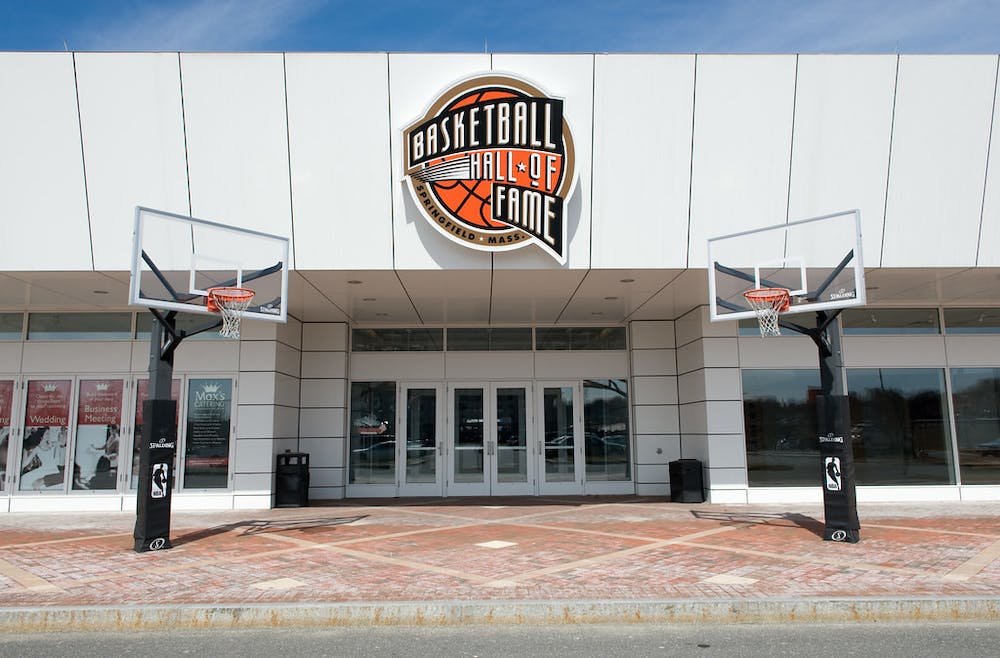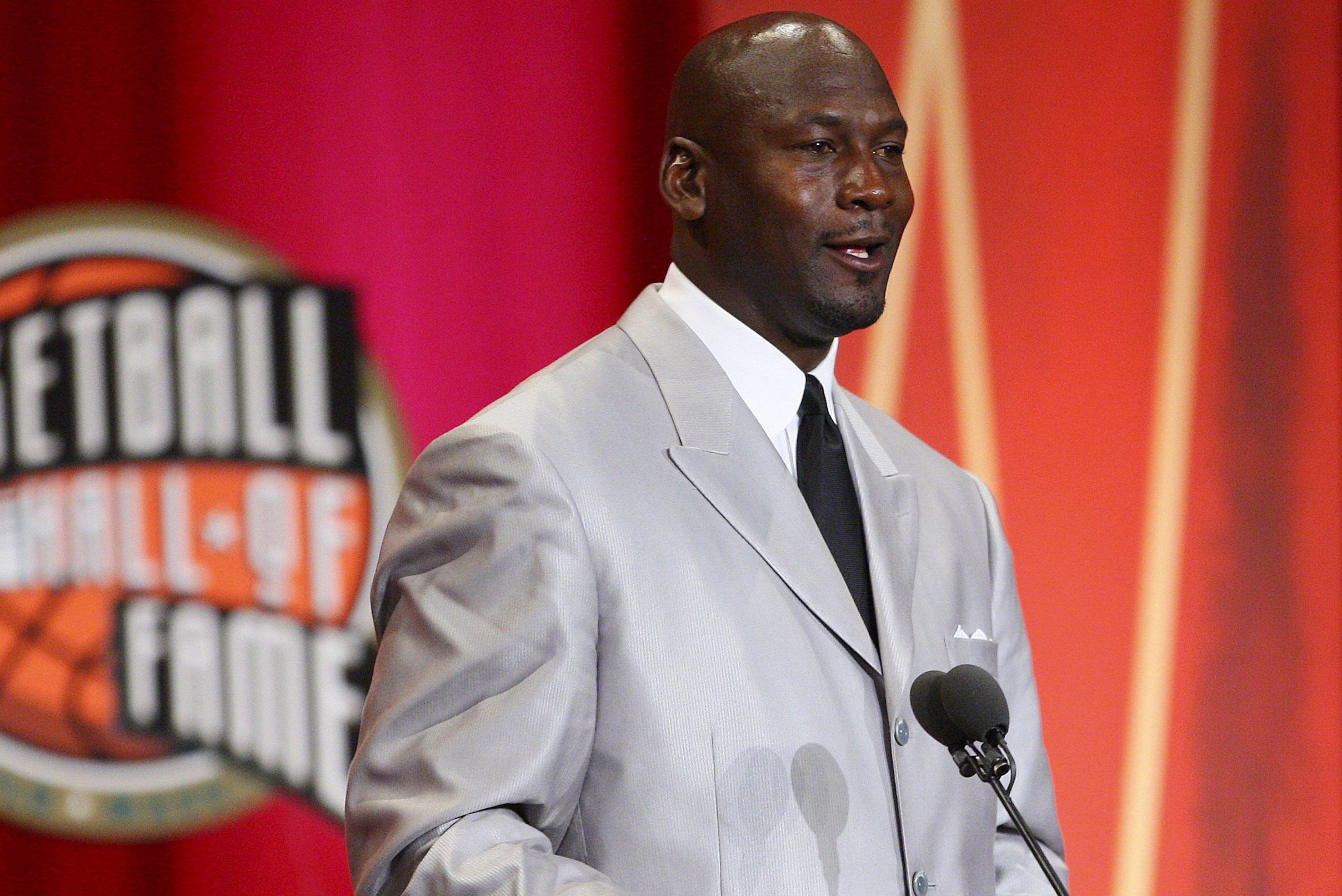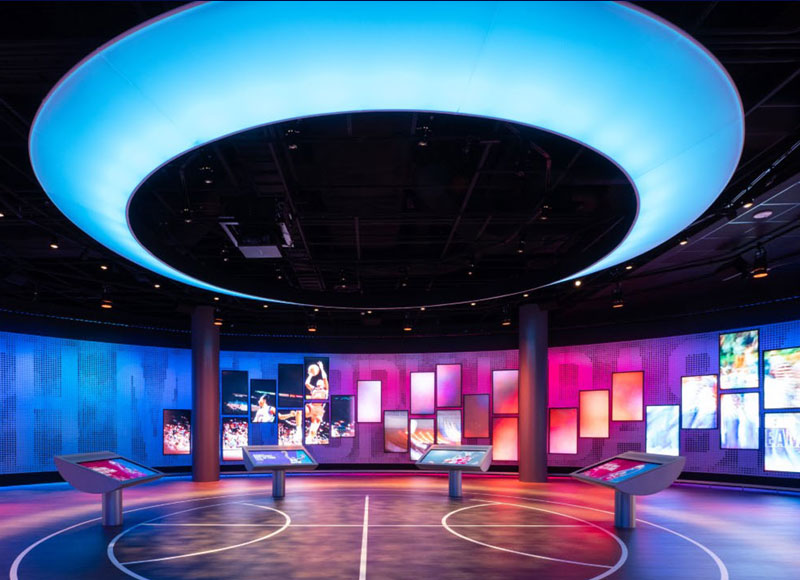Basketball Hall Of Fame

Origins
The Basketball Hall of Fame was founded in Springfield, Massachusetts in 1959 by the National Association of Basketball Coaches (NABC). The idea for the Hall of Fame originated with James Naismith, the inventor of basketball, who in his original rules for the game suggested that the best players should be honored with a Hall of Fame.

The Hall of Fame officially opened its doors in 1968, after years of fundraising and construction. The Hall of Fame’s first class of inductees was enshrined in 1959, which included players, coaches, referees, executives, and other contributors to the sport of basketball.
The first class of inductees was enshrined in the Hall of Fame in 1959, which included the following players:
George Mikan
James Naismith
William “Pop” Gates
Clarence “Pop” Lewis
Edward Gottlieb
Robert “Bob” Cousy
Walter A. Brown
Hank Luisetti
Charles “Chuck” Hyatt
Everett Shelton
John Bunn
The Hall of Fame has grown significantly since its inception and now includes over 400 inductees. The Hall of Fame’s selection process is a rigorous one, and candidates must be nominated by a current Hall of Famer, a member of the Hall of Fame’s Honors Committee, or a member of the International Committee. Candidates are then evaluated by a committee of Hall of Famers, coaches, and other basketball experts, and the final decision is made by the Hall of Fame’s Board of Directors.
Most Significant Hall Of Fame Members

It is difficult to say who the most significant member of the Basketball Hall of Fame is as it depends on personal opinions and perspectives. The Hall of Fame includes many players, coaches, referees, executives, and other contributors who have made significant contributions to the sport of basketball.
Some of the most notable players in the Hall of Fame include:
- Michael Jordan, widely considered one of the greatest players of all time, led the Chicago Bulls to six NBA championships and won five MVP awards.
- Kareem Abdul-Jabbar, the all-time leading scorer in NBA history, won six MVP awards and led the Milwaukee Bucks and the Los Angeles Lakers to a total of six NBA championships.
- Bill Russell, who won an unprecedented 11 NBA championships as a player with the Boston Celtics and is considered one of the greatest defensive players of all time.
- Magic Johnson, who led the Los Angeles Lakers to five NBA championships and won three MVP awards during his career.
- Larry Bird, who led the Boston Celtics to three NBA championships and won three MVP awards during his career.
Other significant members of the Hall of Fame include coaches such as Phil Jackson, Pat Riley, and Red Auerbach, referees Earl Strom, Earl Bavetta, and Earl Watson, and executives such as David Stern and Jerry Colangelo.
It’s worth noting that the Hall of Fame includes many other great players, coaches, referees, executives and other contributors to the sport of basketball. The Hall of Fame is a recognition of their great achievements and contributions to the sport.
Hall Of Fame Evolution

The Hall of Fame’s selection process has evolved over the years. Initially, the Hall of Fame’s Board of Trustees was responsible for selecting new inductees. In the early years of the Hall of Fame, the selection process was criticized for being too secretive and exclusive. In response, the Hall of Fame created a formal nomination process, which included the creation of a list of pre-qualified nominees.
Today, candidates for the Hall of Fame must be nominated by a current Hall of Famer, a member of the Hall of Fame’s Honors Committee, or a member of the International Committee. Candidates are then evaluated by a committee of Hall of Famers, coaches, and other basketball experts, and the final decision is made by the Hall of Fame’s Board of Directors.
In addition to the Hall of Fame, the Naismith Memorial Basketball Hall of Fame also includes several other important components, such as the museum, which features a wide variety of exhibits showcasing the history and culture of basketball, as well as an interactive area, where visitors can try their hand at various basketball-related activities. The Hall of Fame is also home to several educational programs, including the Naismith Outreach Program, which is designed to promote the game of basketball and its many positive values to young people around the world.